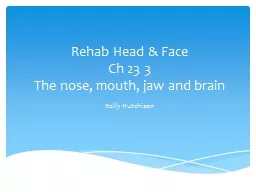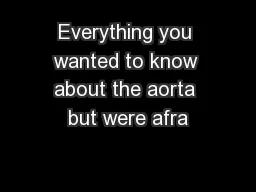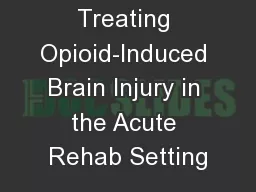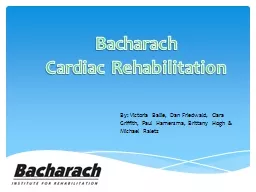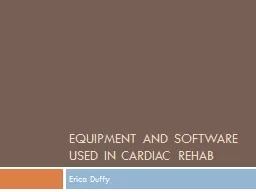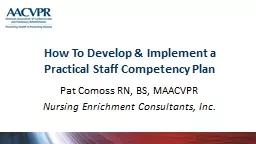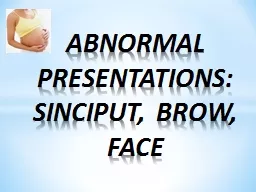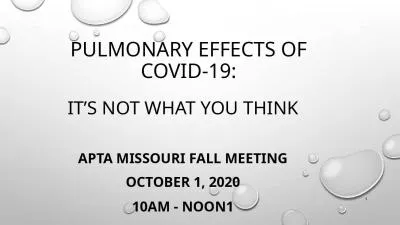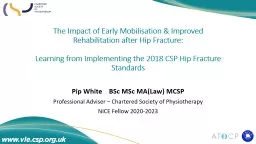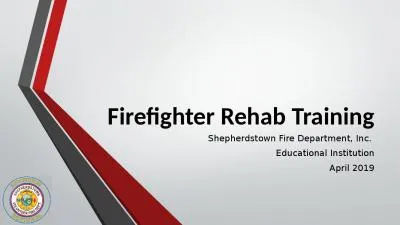PPT-Rehab Head & Face
Author : phoebe-click | Published Date : 2016-11-09
Ch 23 3 The nose mouth jaw and brain Kelly Hutchison Outer nose composed of bone cartilage and skin and projects from the front of face making it susceptible
Presentation Embed Code
Download Presentation
Download Presentation The PPT/PDF document "Rehab Head & Face" is the property of its rightful owner. Permission is granted to download and print the materials on this website for personal, non-commercial use only, and to display it on your personal computer provided you do not modify the materials and that you retain all copyright notices contained in the materials. By downloading content from our website, you accept the terms of this agreement.
Rehab Head & Face: Transcript
Download Rules Of Document
"Rehab Head & Face"The content belongs to its owner. You may download and print it for personal use, without modification, and keep all copyright notices. By downloading, you agree to these terms.
Related Documents

